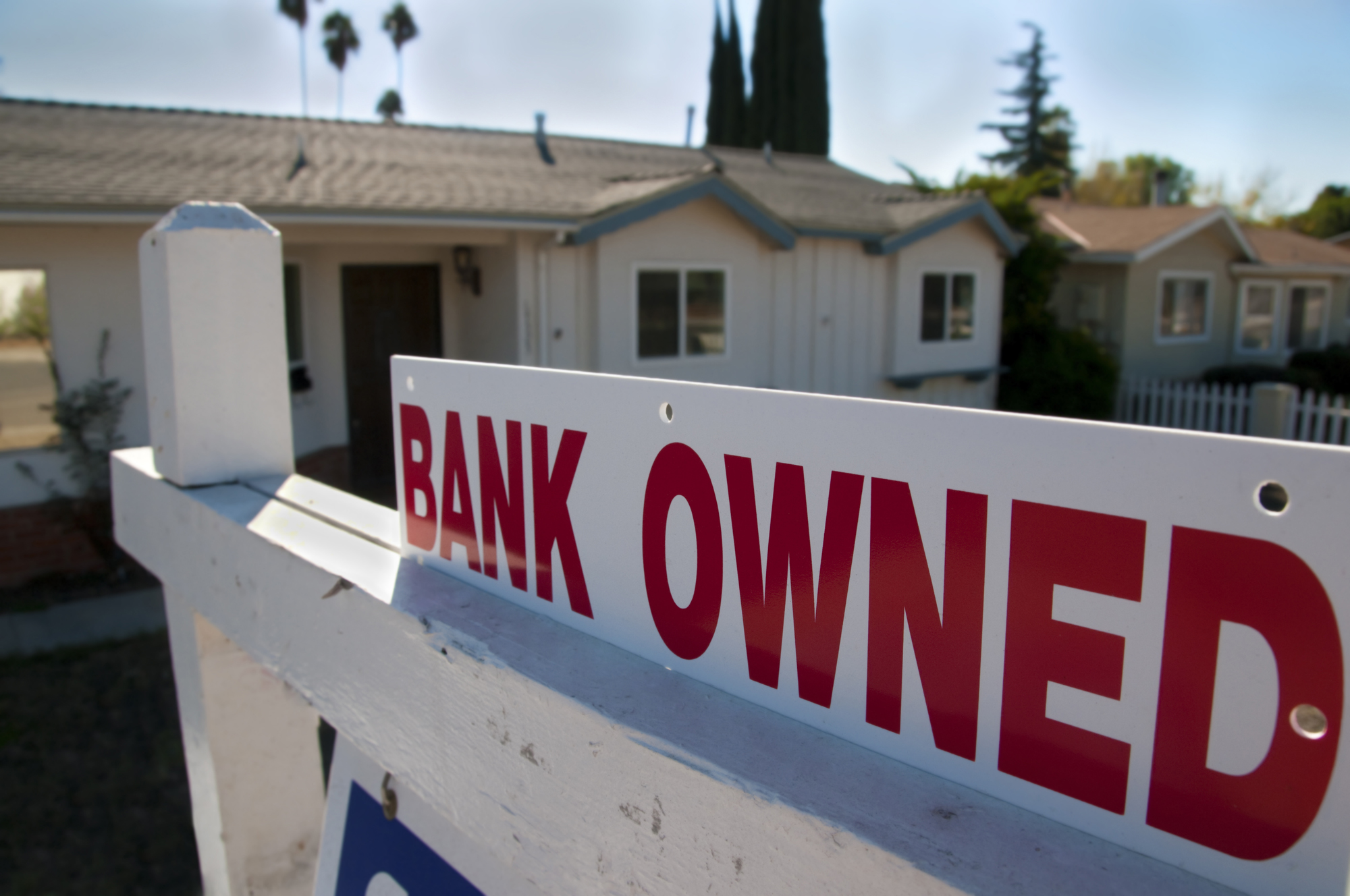This weekend marked the 10th anniversary of the collapse of Bear Stearns Cos. The proximate cause of the disaster was a combination of excessive, subprime mortgage-concentrated leverage and poor risk controls. But the overall economic, monetary and regulatory environment were the broader reasons.
On this anniversary, it is worthwhile to review what happened and what lessons were and were not learned. Let's begin by looking at some of the broadest factors in effect during the pre-crisis era and how they contributed to the collapse.
Monetary policy: The role of former Federal Reserve Chairman Alan Greenspan in setting rates at ultralow levels — and keeping them there for a long time — cannot be understated. Credit boomed, especially consumer loans and mortgages, as did items priced in dollars, such as commodities, especially food and energy. Greenspan was No. 1 in my book, and for good reason.



